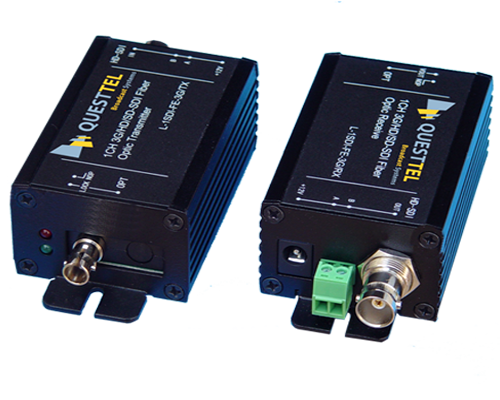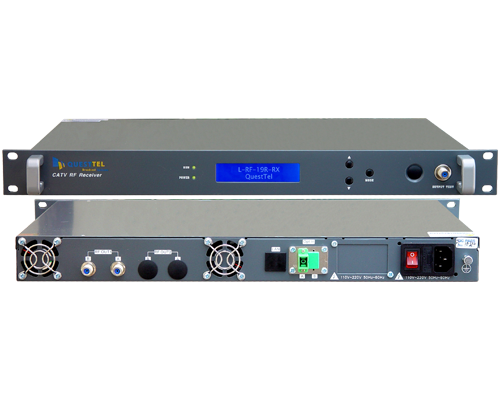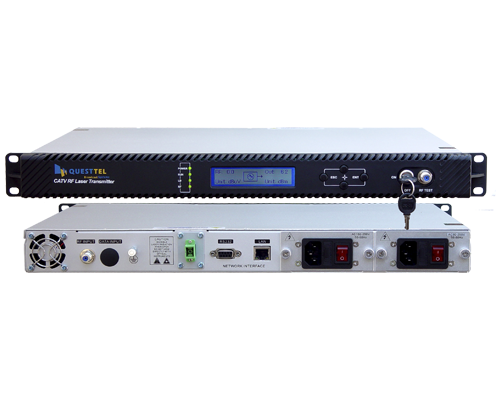Chromatic Dispersion in Single Mode Optical Fiber and Test Methods
Dispersion is a villain in Optical transmission. Dispersion is one of the parameter that decide the span of optical fiber link before the optical signal is required to be recovered to its original form. Dispersion broadens the signal pulse and it becomes messy after travelling some distance. Dispersion compensation fibers are used to nullify the effect of dispersion in a fiber optic link. Dispersion is a natural phenomenon which happens to light while it travels through a medium. Dispersion is the broadening of pulse width after travelling through the fiber. Chromatic dispersion or intra-modal dispersion happens in both single mode and multimode optical fibers.
Chromatic dispersion is a wavelength dependant parameter. For a beam of light there are always a spectrum starting from violet color to the red color. Different colors travel with different velocities as they differ in wavelength even though the difference is small. Dispersion happens to the beam of light when different colors of light travel through the fiber at different speeds. Since the different colors of light have different velocities, some colors arrive at the far end of the fiber faster than others. This delay difference is called the differential group delay per unit length. Differential group delay is the cause for pulse broadening and pulse broadening is called dispersion.
Chromatic dispersion is measured according to EIA/TIA-455-168. Chromatic dispersion can also be measured in the frequency domain using EIA/TIA-455-169 and EIA/TIA-455-175. These methods measure the composite optical fiber material and waveguide dispersion. IEC 60793-1-42 use differential phase shift method for the measurement of chromatic dispersion.
There are chromatic dispersion measurement methods that use the group delay as a function of wavelength and the chromatic dispersion and dispersion slope are deduced from the derivatives with respect to wavelength of this data.
Chromatic dispersion of graded-index multimode and step index single mode fiber is obtained by measuring fiber group delays in the time domain. Such kind of chromatic dispersion measurements are done by using multi-wavelength sources or multiple sources of different wavelengths. A multi-wavelength source can be a wavelength selectable laser.
Before starting chromatic dispersion measurement, a reference fiber is tested to measure the delay and kept in the memory of the system. This reference fiber is usually a 2 meter length patch chord which is connected to the input end and output end of the testing equipment. The delay for the pulses for both a long test sample fiber and a short reference fiber are measured over a range of wavelengths. The pulse delay for the reference fiber as a function of wavelength is PDin. The pulse delay for the fiber under test as a function of wavelength is PDout. Then the group delay PD, per unit length at each wavelength is:
PD = (PDin – PDout)/(Ls-Lr)
Where, Ls is the length of the fiber under test in kilometers and the Lr is the length of the reference sample, usually a fiber optic patch chord, in kilometers.
Chromatic dispersion for an optical fiber is defined as the derivative, or slope, of the fiber group delay curve with respect to wavelength. Generally, the group delay as a function of wavelength is fit to a simple mathematical function and the derivative calculated. The range of wavelengths over which meaningful data is obtained depends on the wavelength range of optical sources used. The zero-dispersion wavelength and the zero dispersion slope are determined from the chromatic dispersion curve.
QuestTel shall have no liability for any error or damage of any kind resulting from the use of this document.



